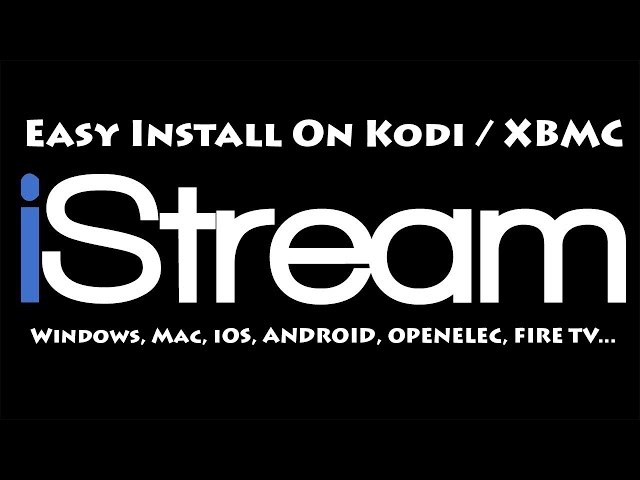

You can also define enum types if you want one of your fields to have one of a predefined list of values – here you want to specify that a phone number can be one of the following phone types: MOBILE, HOME, or WORK. You can even define message types nested inside other messages – as you can see, the PhoneNumber type is defined inside Person. You can also add further structure to your messages by using other message types as field types – in the above example the Person message contains PhoneNumber messages, while the AddressBook message contains Person messages. Many standard simple data types are available as field types, including bool, int32, float, double, and string. A message is just an aggregate containing a set of typed fields. In C++, your generated classes will be placed in a namespace matching the package name. proto file starts with a package declaration, which helps to prevent naming conflicts between different projects. Let's go through each part of the file and see what it does. Optional PhoneType type = 2 Īs you can see, the syntax is similar to C++ or Java.


proto file that defines your messages, addressbook.proto. proto file are simple: you add a message for each data structure you want to serialize, then specify a name and a type for each field in the message. To create your address book application, you'll need to start with a.
#Install istream code
The example code is included in the source code package, under the "examples" directory. Importantly, the protocol buffer format supports the idea of extending the format over time in such a way that the code can still read data encoded with the old format. The generated class provides getters and setters for the fields that make up a protocol buffer and takes care of the details of reading and writing the protocol buffer as a unit. From that, the protocol buffer compiler creates a class that implements automatic encoding and parsing of the protocol buffer data with an efficient binary format. proto description of the data structure you wish to store. Protocol buffers are the flexible, efficient, automated solution to solve exactly this problem. Instead of these options, you can use protocol buffers. Also, navigating an XML DOM tree is considerably more complicated than navigating simple fields in a class normally would be. However, XML is notoriously space intensive, and encoding/decoding it can impose a huge performance penalty on applications. This can be a good choice if you want to share data with other applications/projects. This approach can be very attractive since XML is (sort of) human readable and there are binding libraries for lots of languages. This works best for encoding very simple data. This is a simple and flexible approach, although it does require writing one-off encoding and parsing code, and the parsing imposes a small run-time cost.
#Install istream software
Also, as files accumulate data in the raw format and copies of software that are wired for that format are spread around, it's very hard to extend the format. Over time, this is a fragile approach, as the receiving/reading code must be compiled with exactly the same memory layout, endianness, etc.

Use the C++ protocol buffer API to write and read messages.
#Install istream how to
By walking through creating a simple example application, it shows you how to This tutorial provides a basic C++ programmer's introduction to working with protocol buffers.


 0 kommentar(er)
0 kommentar(er)
